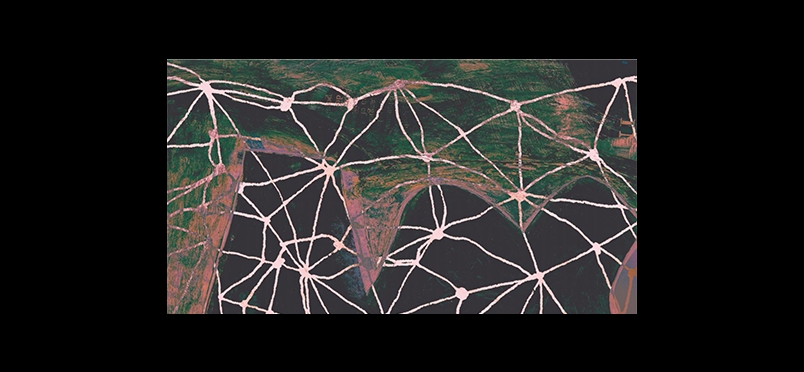| opioid therapy
Stopping the Itch: Relief for a Common Side Effect of Opioid Therapy?

Research Uncovers Mechanism of Action for Itch Relieving Medication
Researchers at Washington University report that nalfurafine hydrochloride, branded in Japan as Remitch, can provide relief from the intense itching that can be a side effect of opioid therapy. Remitch is approved in Japan for the treatment of itching in patients with severe liver disease and patients on dialysis for chronic kidney disease. The new findings suggest that it may also provide itch relief in many other cases that are unresponsive to conventional approaches including antihistamines. The drug’s mechanism of action appears to involve targeting kappa opioid receptors on neurons in the spinal cord. Senior investigator Zhou-Feng Chen, PhD, director of the Center for the Study of Itch at Washington University School of Medicine, commented, “The kappa opioid receptors activate a pathway that tamps down the activity of GRPR, which our lab previously identified as the first itch gene. This gene relays itch signals from the spine to the brain.” The findings are reported this week in the journal Cell Reports.
The study examined mice treated with an itch provoking substance and a second group that were genetically engineered to develop chronic itch. Injections of nalfurafine hydrochloride directly into the animals’ spinal cord significantly reduced scratching. Dr. Chen noted that although administration via spinal cord injection may not be practical in human patients, there may be other ways to activate the kappa receptor, or to target molecules that are activated when the receptor is targeted. He explained “Some molecules downstream from the kappa receptor may still be able to tamp down itching without causing any unwanted side effects that may occur when drugs activate the kappa receptor in parts of the body outside of the spinal cord.”
Read a news story about the discovery.
The journal article may be read here.
Did you enjoy this article?
Subscribe to the PAINWeek Newsletter
and get our latest articles and more direct to your inbox
